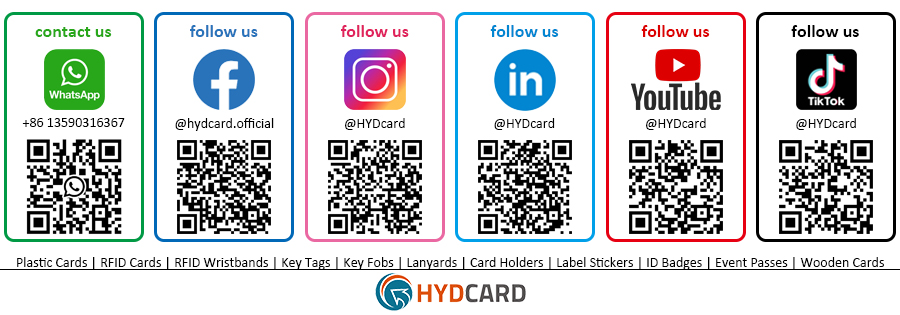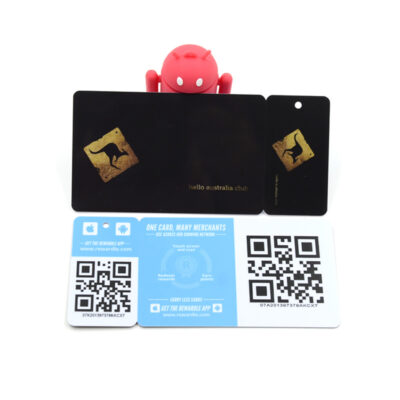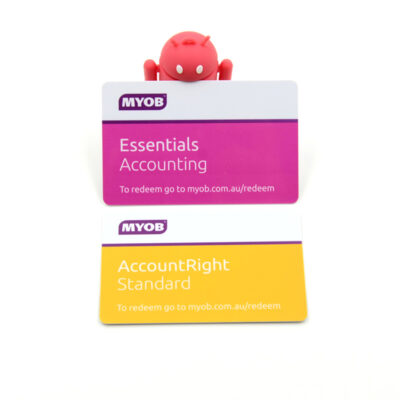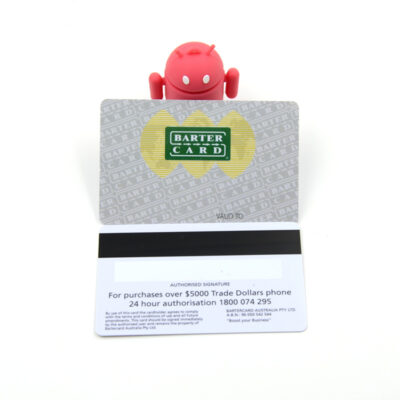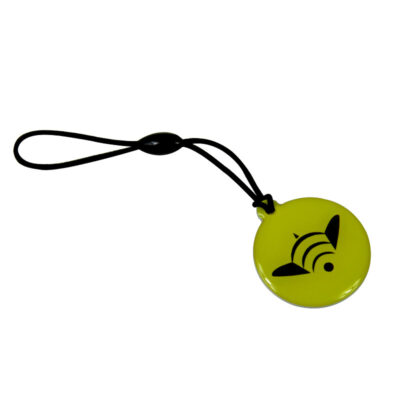RFID (Radio Frequency Identification) wristbands are becoming increasingly popular due to their ability to simplify event management, enhance security and improve the overall experience for attendees. For event organizers looking to utilize this technology effectively, it is important to understand how these wristbands work.
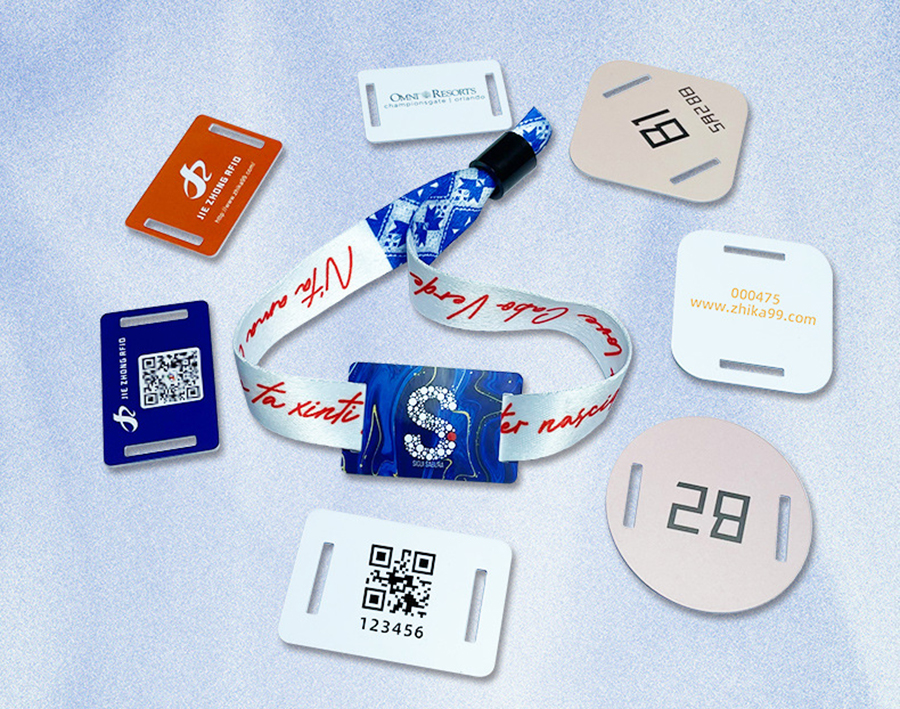
RFID fabric wristband components
The RFID fabric wristband consists of two parts: an RFID chip and fabric material. The RFID chip is embedded inside the wristband and contains a unique identifier linked to a database. The fabric is comfortable and durable, making it suitable for long-term wear during activities.
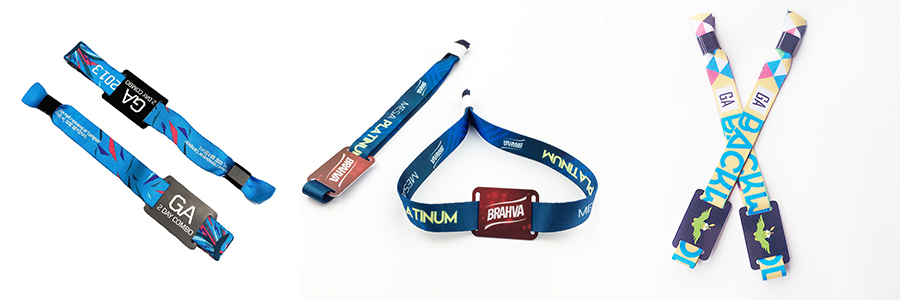
Data encoding and activation
Before wristbands are issued, each RFID chip is programmed with specific data, such as attendee information, access rights, and event details. This data is stored in a secure database and can be accessed via an RFID reader. When attendees receive their wristbands, they are activated and associated with their personal profile in the event management system.
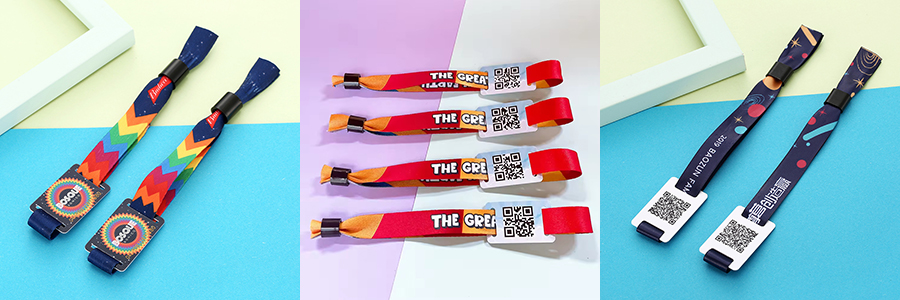
Communicate with RFID reader
The core functionality of an RFID wristband lies in its ability to communicate with an RFID reader. When an attendee approaches an RFID reader, the reader emits a radio frequency signal. This signal activates the RFID chip within the wristband, prompting it to transmit its unique identifier back to the reader.
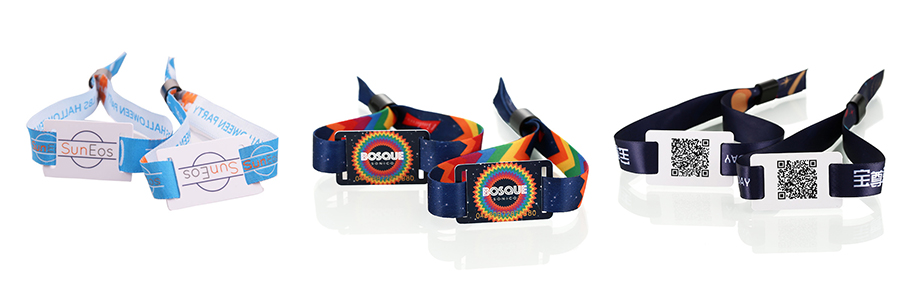
Data transmission and processing
Once the RFID reader has captured information from the wristband, it sends the data to a connected system, such as an event management platform. The system then processes the information in real time, enabling a variety of functions.
Access control: The system verifies that attendees have the correct permissions to enter certain areas, such as VIP or restricted areas.
Attendance tracking: Organizers can monitor who attended their events and track attendance patterns, providing valuable insights for future events.
Cashless transactions: Many RFID fabric wristbands have cashless payment capabilities, enabling attendees to make purchases simply by tapping their wristbands at designated locations.
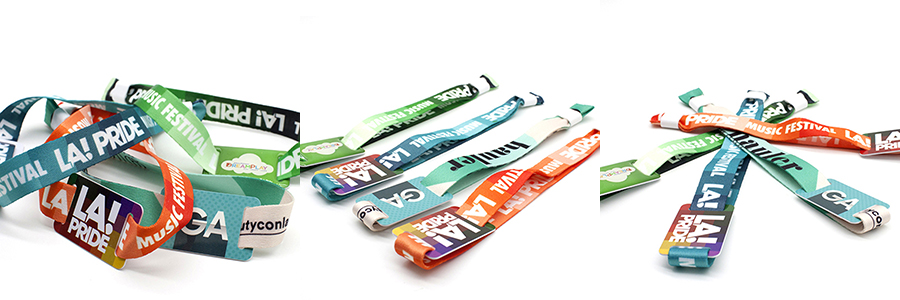
Real-time updates and analysis
One significant benefit of RFID wristbands is their ability to provide real-time updates. Event organisers can access real-time data such as attendance figures, transaction records and guest activity, enabling them to make informed decisions on the spot. This data can also be analyzed after the event to improve future planning and enhance the overall attendee experience.
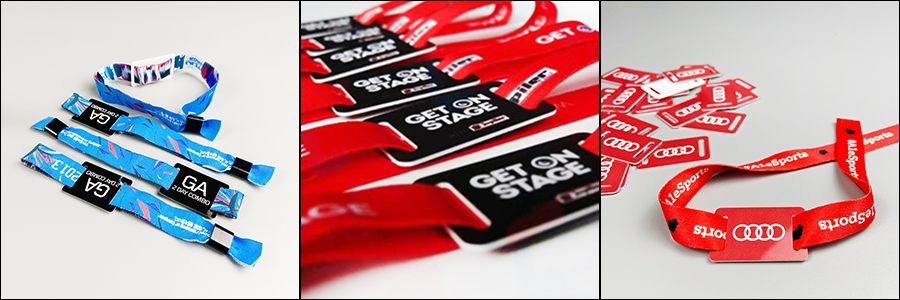
Security features
RFID wristbands provide a higher level of security than traditional methods. Each wristband has a unique identifier that is difficult to copy or forge, ensuring that only authorized personnel can access restricted areas. Additionally, data transmitted between the wristband and the reader can be encrypted to further protect sensitive information.

RFID wristbands are a powerful tool for modern event management, offering convenience, security and efficiency. By understanding how they work, event organizers can harness their full potential to create a seamless and memorable experience for attendees. From enabling fast check-in and cashless transactions to providing real-time tracking, RFID wristbands are transforming the way events are managed, making them an essential component of any successful gathering.
